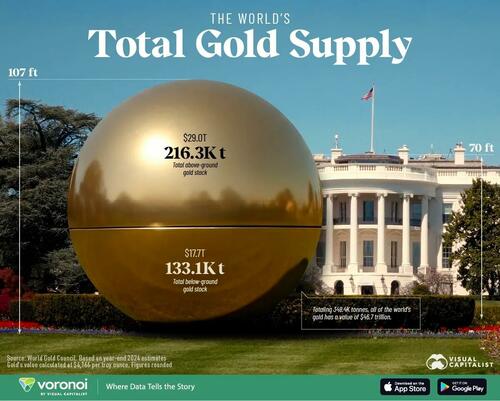On Tuesday, the World Bank raised its growth projections for India from 6.5% to 6.9%, arguing the country’s domestic market insulates it to an extent from a global slowdown. On Wednesday, the Reserve Bank of India raised the repo rate once again to temper inflation, marginally lowering its growth forecasts for India. RBI governor Shaktikanta Das said the “worst of inflation is behind us”. But perhaps even more importantly, the texture of inflation in India is changing. While earlier it was imported inflation due to the surge in global commodity prices, it is now driven more by domestic factors, particularly food prices. It essentially means that RBI’s monetary policy will be much more effective in cooling prices, bringing inflation within its tolerance band of 4% to 6% faster. Here’s what the World Bank projections mean for India.
How India is fighting inflation
The World Bank estimates that India’s economy will slow to 6.9% in FY23 from 8.7% in FY22 due to rising global interest rates, slowing global growth and elevated commodity prices. (These estimates were released before RBI’s latest 35 basis point hike). A closer look at the composition of inflation, as given by the World Bank, suggests it’s increasingly being driven by domestic factors and less imported now. Essentially, the World Bank lists three factors behind the inflationary surge in India between February-April 2022 – higher prices of food and fuel, elevated core inflation and a low base. Fuel inflation was driven by multiple fuel price hikes amid a spike in global oil prices. Food inflation surged as prices of cereals, edible oils, vegetables and prepared meals jumped on adverse domestic weather conditions even as global food prices rose amid a fertilizer crunch. Meanwhile, core inflation remained elevated because of covid supply disruptions, and higher transportation and input costs.
Inflation has been slowly receding since May as domestic fuel prices fell over 8% after the government cut fuel taxes. Food inflation has moderated on declining prices of global edible oils, and lower transportation costs with fuel prices dropping. And core inflation has moderated as transport costs have slid and supply-side bottlenecks have eased.
So, essentially with global prices of commodities including crude easing, inflation in India became driven more by domestic factors, particularly by food prices, which have risen because of unseasonal rains and delayed kharif crops.
This changing texture of inflation would make RBI’s interest rate hikes more potent and effective, by crimping demand and anchoring inflation expectations faster. As long as inflation was imported, monetary policy alone would have struggled – or taken longer – to rein in inflation.
Can the government ‘crowd-in’ private investment?
For sustained economic growth, India needs a pick-up in private investment. The World Bank believes conditions are conducive for a turnaround in private investment, from cleaner balance sheets of banks and corporates, increased capacity utilization in manufacturing, and government initiatives like the Production Linked Incentive (PLI) schemes.
Indeed, lacklustre private investment is holding back the Indian economy from much higher growth rates. But there are hurdles in reviving private investment. Inflation and the RBI’s preoccupation with fighting it, is perhaps the biggest one. For the moment, the government has stepped in to compensate for tepid private capex. It also hopes to crowd-in – or draw in – private capex, boosting job creation and growth. “But private investment activity will be tempered by heightened global uncertainty, elevated global prices and rising borrowing costs”, points out the World Bank.
Still, India is a relative outlier
The World Bank has scaled up its real GDP growth projections, pointing out that India’s robust domestic demand will support growth in the days to come. It says that compared to other emerging market economies, India is less affected by the growth slowdowns in the US, China and the euro area. “For other EMEs, impacts from the US, euro area, and China are at least 1.5 times larger than for India,” it says. India’s sound economic fundamentals, robust forex reserves and prudent macroeconomic management give it an edge, it adds.
Download The Mint News App to get Daily Market Updates.
More
Less















